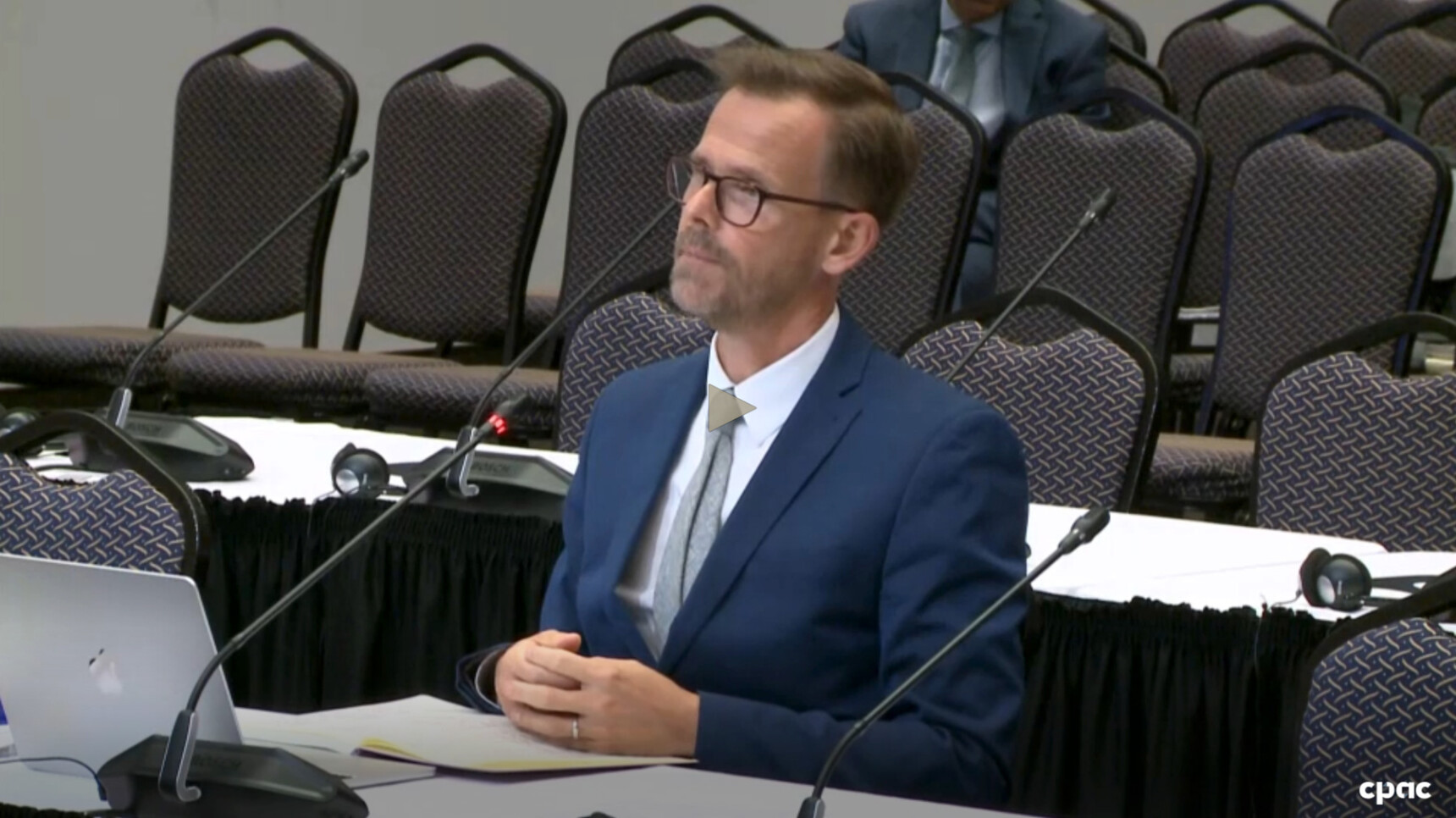Presentation before the CRTC: Market Dynamics Consultation
July 2, 2025 | Filings & Letters

The Path Forward – Working towards a sustainable Canadian broadcasting system
My name is Graham Davies, and I am the President and CEO of the Digital Media Association (DIMA), representing the world’s leading audio streaming services: Amazon, Apple Music, Spotify, YouTube, Pandora, and Feed.fm.
Our members helped rebuild a broken music economy—transforming piracy into prosperity and giving Canada the opportunity to become a music export global success story. This achievement is rooted in innovation, investment, and collaboration between our members’ teams based here in Canada working alongside the local music industry. Just two decades ago, most music was accessed through online piracy. Thanks to the licensed music market built largely by DIMA’s members, today, Canada stands as the 8th largest recorded music market globally, with streaming generating 79% of total recorded music revenues and valued at over US$520 million last year.
To do this, streaming didn’t just open doors—it tore down barriers – for both creators and music lovers. For the first time, any artist from Cranbrook to Cornerbrook could find an audience, not because they knew a radio programmer, but because they had talent, were able to share their music with the world, and take advantage of new technology. Canadian artists can now reach national and international audiences, supported by powerful tools, analytics, and promotion through playlists and other programs that our members provide. Music from anywhere in Canada can find its audience. Meanwhile, consumers enjoy access to an unprecedented breadth of music across genres, languages, and cultures.
Streaming is now incredibly popular with two-thirds of Canadians using music streaming services— this rises to 91% among those are under 30— and 86% express satisfaction with the streaming service they use. This is one of the most successful cultural adoption stories in Canadian history.
Importantly, DIMA’s members pay around 70% of every streaming dollar to rights holders—more than any other music licensing model and over eight times higher than commercial radio in Canada. The differences between streaming services and broadcasting are fundamental. Streaming services, unlike broadcasters, aren’t bound by limited airwaves or programming slots, instead offering more than a hundred million tracks on demand.
Many metrics have been put forth in this proceeding to suggest something is wrong with the Canadian music streaming market. We disagree. What matters are the opportunities being generated to Canadian artists and the growth of listening to Canadian music overall—and the high streaming volumes, international fandoms, strong discoverability initiatives and record-breaking streaming payouts show that streaming is working.
Similarly, traditional metrics like chart rankings don’t reflect streaming’s vastly expanded distribution options and democratizing impact streaming has for an ever-greater number of artists. For instance, last year, 80% of the artists whose tracks generated over $1 million from Spotify didn’t appear in the global top 50 charts.
It should be in everyone’s interest to find ways to support this success story, but the implementation of the Online Streaming Act provides the biggest risk. It has potential to disrupt where the vast majority of the Canadian music industry’s revenue comes from.
This is because Canada didn’t regulate its way to music streaming success – it got here thanks to consumer choice and private sector innovation.
The Commission must recognize the extraordinary value that streaming services offer to Canadian and Indigenous artists by making their music available and discoverable in Canada and on a global scale. Moreover, when assessing the significant discoverability efforts undertaken by streaming services, the Commission must not undermine consumer choice or the user experience. Ultimately, the services I represent here today – and the many benefits they bring to the music industry – would not exist without the consumers who choose to pay and engage with them.
The Commission should avoid trying to regulate the music industry back to the 1990s. We urge the CRTC to recognize that – thanks to music streaming – more Canadian artists are reaching greater audiences now than ever before. The music industry is growing and reinvesting in new productions. Canadian artists and songwriters are better off now than in the pre-streaming era, and Canadian consumers can access and are finding diverse Canadian and Indigenous voices. These are all the markers of success, not failure, and it is the CRTC’s responsibility to ensure that Canada does not become a hostile environment for innovation, but instead maintains its credibility as a place where digital services can thrive.
Thank you, and I look forward to your questions.